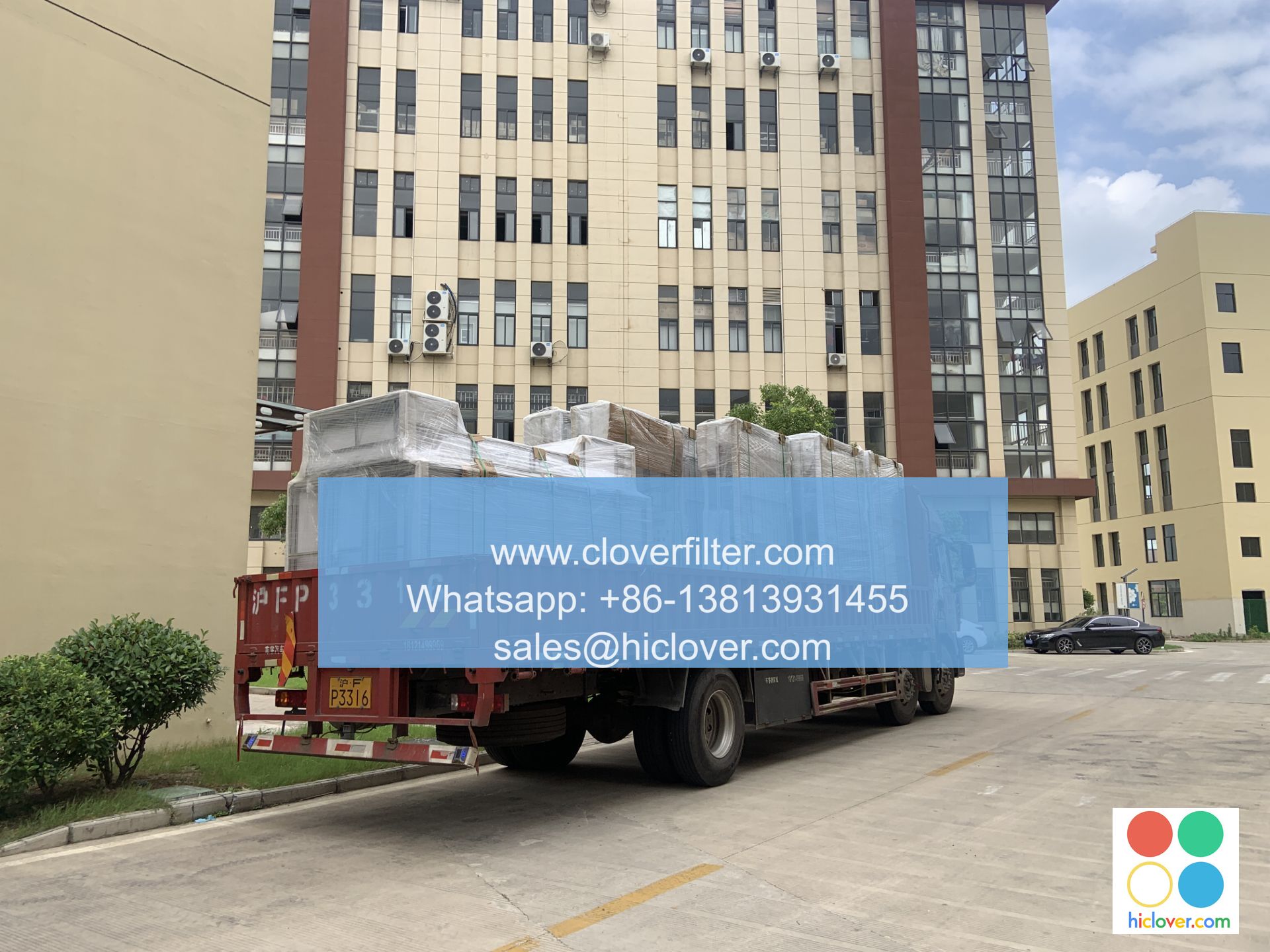Air Filter Design and Optimization: An Analysis

Air filter design and optimization play a crucial role in maintaining indoor air quality, reducing energy consumption, and improving the overall performance of heating, ventilation, and air conditioning (HVAC) systems. In this article, we will delve into the world of air filter design, exploring the key factors that influence their performance, and highlighting various application areas where optimized air filters can make a significant impact.
Introduction to Air Filter Design
Air filters are designed to capture airborne particles, gases, and other contaminants, preventing them from entering the air stream and causing harm to humans, equipment, and the environment. The design of an air filter involves a complex interplay of factors, including filtration efficiency, pressure drop, airflow rate, and filter media selection. By optimizing these factors, air filter designers can create high-performance filters that minimize energy consumption, reduce maintenance costs, and improve indoor air quality.
Key Factors in Air Filter Design
Several key factors influence the performance of an air filter, including:
* Filtration efficiency: The ability of the filter to capture particles of a specific size and type.
* Pressure drop: The loss of pressure across the filter, which affects the overall energy consumption of the system.
* Airflow rate: The volume of air that passes through the filter per unit time.
* Filter media: The material used to construct the filter, which can range from simple pleated filters to complex nanofiber filters.
* Filter geometry: The shape and size of the filter, which can impact its performance and durability.
Application Areas for Optimized Air Filters
Optimized air filters have a wide range of applications, including:
* Indoor air quality improvement: Optimized air filters can help remove airborne pollutants, allergens, and bacteria from indoor air, creating a healthier environment for occupants.
* Energy efficiency: By minimizing pressure drop and maximizing airflow rate, optimized air filters can reduce energy consumption and lower operating costs.
* Industrial processes: Optimized air filters can be used to capture hazardous particles and gases in industrial settings, such as manufacturing facilities and chemical plants.
* Transportation systems: Optimized air filters can be used to improve air quality in vehicles, airplanes, and other transportation systems.
* Medical facilities: Optimized air filters can help reduce the risk of airborne infections and improve patient outcomes in medical facilities.
Advanced Air Filter Technologies
Recent advancements in air filter technology have led to the development of innovative filter designs, including:
* Nanofiber filters: Filters constructed from nanoscale fibers that offer high filtration efficiency and low pressure drop.
* Electrostatic filters: Filters that use electrostatic charges to capture particles, offering high efficiency and low maintenance.
* Photocatalytic filters: Filters that use light-activated catalysts to break down airborne pollutants, offering high efficiency and low energy consumption.
Conclusion
Air filter design and optimization are critical components of maintaining indoor air quality, reducing energy consumption, and improving the overall performance of HVAC systems. By understanding the key factors that influence air filter performance and exploring various application areas, designers and engineers can create optimized air filters that make a significant impact in a wide range of industries. As technology continues to evolve, we can expect to see even more innovative air filter designs that prioritize filtration efficiency, energy efficiency, and indoor air quality. It seems like you didn’t include a specific prompt for me to respond to. Could you please provide more details or clarify what you’re looking for? I’m here to help with any questions or topics you’d like to discuss!

